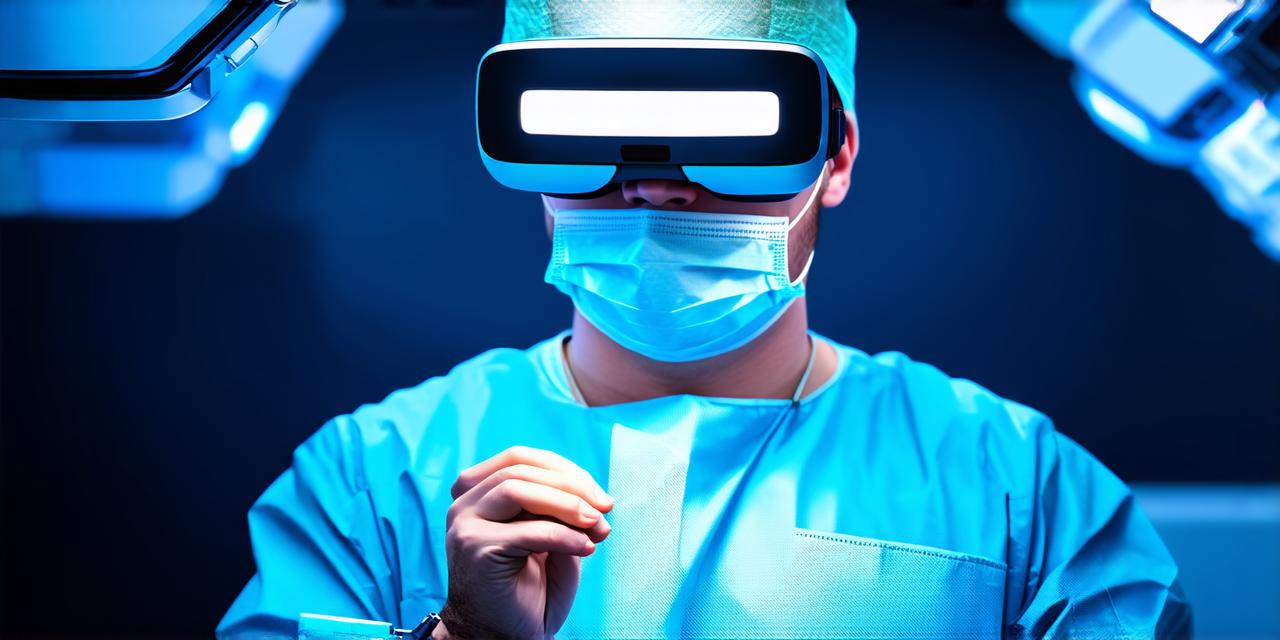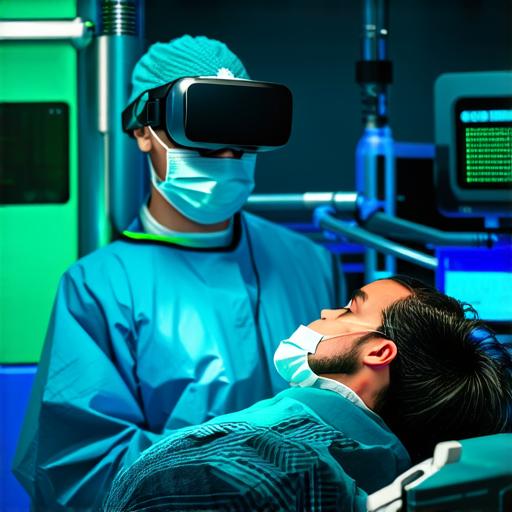
What is surgery conducted within a virtual reality setting?
Virtual reality (VR) technology is a rapidly growing field with significant potential for revolutionizing many industries, including healthcare. One of the most exciting applications of VR in healthcare is virtual reality surgery, which allows doctors to practice their skills and gain valuable experience in a simulated environment without risking harm to real patients.
This technology has already shown significant potential for improving patient outcomes and reducing the risk of complications or errors that may occur during real surgical procedures.
Virtual reality surgery provides a more precise experience for both doctors and patients by using specialized equipment such as haptic feedback devices, which allow doctors to feel the same sensations they would during a real surgical procedure. This technology is especially important in surgeries where even the slightest error can have serious consequences for the patient.
For example, a study published in the Journal of Medical Internet Research found that surgeons who used VR training were able to complete complex procedures with greater accuracy and precision than those who did not use VR training, reducing the risk of complications or errors that may occur during real surgical procedures.
Virtual reality surgery also offers several other benefits, including providing a safe environment for doctors to practice procedures, reducing the risk of complications or errors that may occur during a real surgical procedure, and allowing patients to receive treatments that may not be available otherwise due to cost or availability limitations. Virtual reality surgery is being used to treat a wide range of conditions, from minor injuries to more serious illnesses.
For example, surgeons have been using VR training to practice complex cardiac procedures, such as heart bypass surgeries and valve replacements. They have also used VR to practice reconstructive surgery for burn victims and trauma patients.
Virtual reality therapy is another exciting application of VR in healthcare that has shown significant potential for improving patient outcomes. By using specialized VR headsets and other equipment, doctors can create a safe and controlled environment for patients to confront their fears and overcome their anxieties. This technology has been shown to be highly effective in treating conditions such as anxiety and PTSD, and improving patient outcomes.
Virtual reality therapy is particularly useful for patients who may not be able to travel or attend in-person therapy sessions due to location or availability limitations. By using VR technology, patients can receive the same level of care and treatment from the comfort of their own homes.
Virtual reality education is another exciting application of VR in healthcare that allows medical students to gain valuable experience in a safe and controlled environment without harming real patients. This technology also allows medical students to access educational resources that may not be available in traditional classroom settings.

For example, they can use VR simulations to explore complex anatomical structures or practice surgeries in a simulated environment before performing them on real patients. Virtual reality education has the potential to improve patient outcomes and reduce the risk of errors during real surgical procedures by allowing medical students to gain valuable experience and knowledge through simulation-based training.
Virtual reality technology also has significant potential for revolutionizing patient care by providing personalized experiences that can be tailored to meet individual needs. For example, virtual reality therapy can be used to create customized treatment plans for patients with chronic pain or mental health conditions. Virtual reality education can also be used to create personalized training programs for healthcare professionals that are tailored to their specific needs and learning styles.
In conclusion, virtual reality technology has significant potential for revolutionizing the way we approach medical procedures in healthcare. Virtual reality surgery is an exciting new field with several benefits, including providing a more precise and safe experience for both doctors and patients, reducing the risk of complications or errors that may occur during real surgical procedures, and allowing patients to receive treatments that may not be available otherwise due to cost or availability limitations.
Virtual reality therapy, virtual reality education, and personalized experiences are just a few examples of how VR technology has the potential to improve patient outcomes and reduce healthcare costs in many different ways. As technology continues to advance, we can expect to see more and more innovative applications of VR in medicine, from surgical training to patient care.


